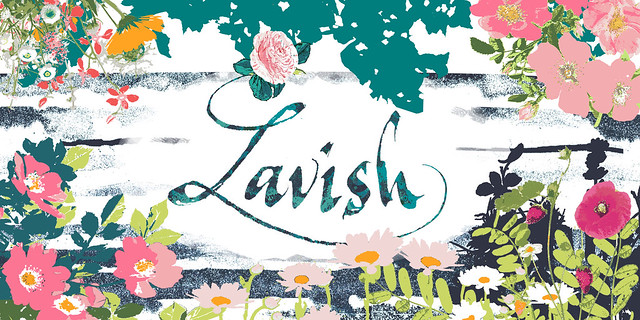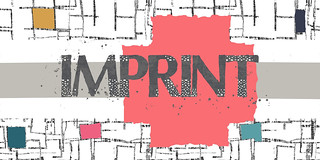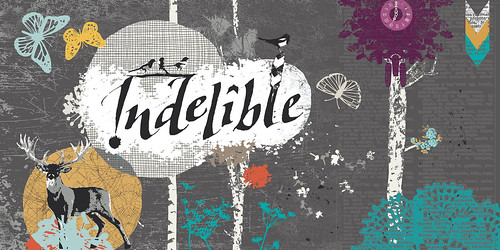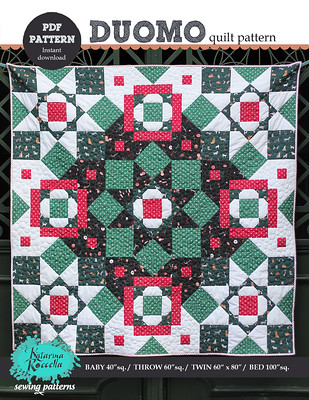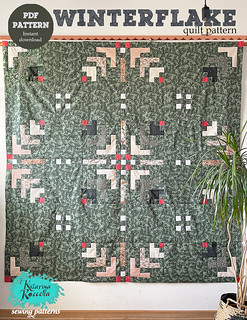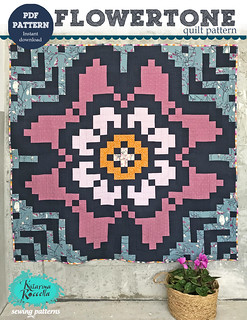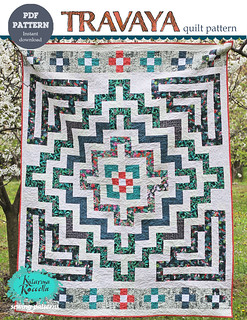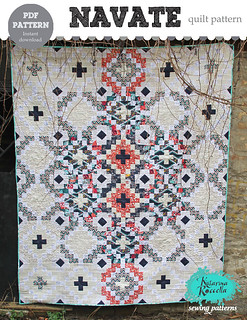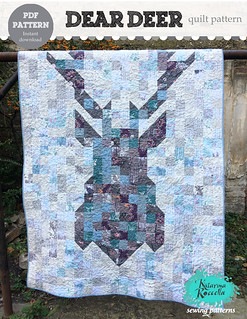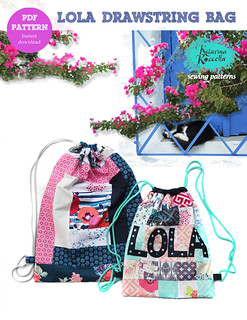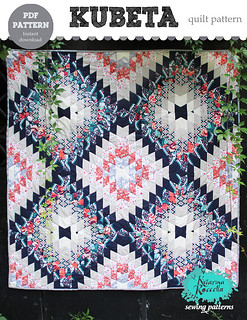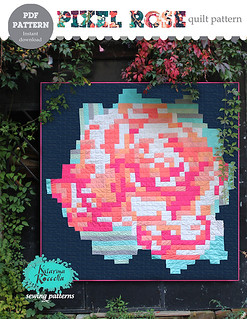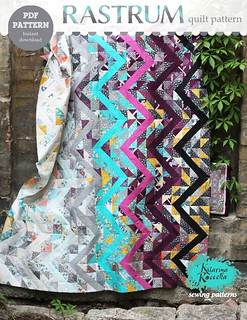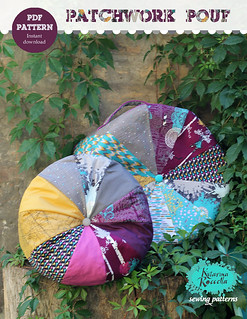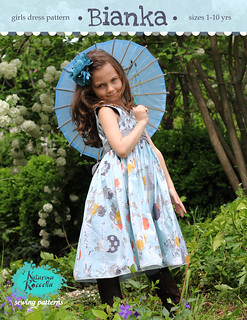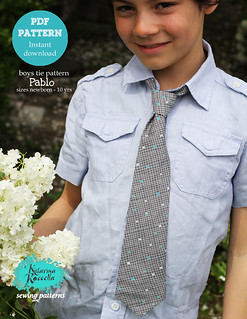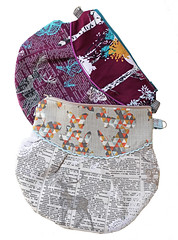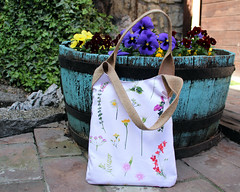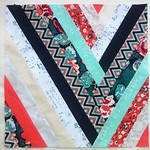

Twirl, flounce skirts are a must have in every girls closet. They are also quite easy to make, and you don't need any pattern, you just need to cut the strips of the fabrics and assemble. You can use only one fabric for both layers or you can combine 2 different fabrics. You can even add an additional layer of some third fabric and use it instead of the tulle, as the underneath layer. Or to add some fun, you can make the ruffled skirt layer with some fabric squares(charm packs) or smaller strips of fabric (like those used in patchworks). You can even add additional layers of fabrics in length (just note that in that case you will need much more of the fabric, as each following layer has to be almost doubled in width) and create the tiered twirl skirt.
Here I will show you how I am doing it: the simple flounce twirl skirt.



I created this drawing for easier comprehension regarding some terms.
 Needed supplies:
Needed supplies:
-1/2 to 1 yard total of cotton fabric or fabrics (depending on the size)
I used all Art Gallery fabrics that are fantastic for apparel sewing
-tulle(optional), about 1/2 - 1 yard, (depending on the size)
-scissors or rotary cutter
-sewing machine(serger is optional, but preferred)
(if you don't have the serger just use a straight stitch and than do a zigzag stitch on the edges to keep the edges from fraying)
-needle, thread, iron and pins

Here's a little chart table that will help you with cutting fabrics:
(note that all measurements are finished sizes, so they include 1/4" seam allowances). Also please note that for the fabric 1-waistband strip, we will not use entire width of the fabric(depending on the size, we will cut it more or less) and yet for the fabric 2-ruffled strip we will be using all full width of the fabrics-from selvage to selvage(cutting just the selvage edge, of course).

Wash and dry all the cotton fabrics (tulle will not shrink, so no need to wash it if you will be using it), prior to cutting (especially if you are combining different types of fabrics). Note that tulle is coming in different widths. You can buy it as a fabric and it's usually 55-56" wide (like mine, it is Italian tulle) or as rolls in different lengths. More width of the tulle strip you'll use, more puffy that layer will look, so I suppose that you can hardly exaggerate. Also, you can double the tulle layer(like I did), to add that extra puffiness. If you are doubling, just calculate 2x tulle strip width (from the table chart), so you will be actually cutting 4 strips of the 55-56" tulle.

Iron and cut all the fabric strips in your needed size. You can sew the skirt using even only one fabric, or you can mix and match and eventually add a bit of tulle as the underneath layer, it's giving to the skirt a bit of whimsy and puffy look and usually girls just love it. Or instead of adding tulle you can totally add a beautiful large peekaboo layer of lace (that needs to be ruffled as well at the top edge, so just follow all the steps as with the tulle) to obtain more romantic and vintage look.

It is just very important that the underneath layer is a bit longer than the ruffled strip layer(fabric 2), so that it can be visible.


We will start with creating the side seams on the strips, on both fabric 1 and fabric 2 layers.

For the waistband strip(fabric 1), just fold the strip in half and sew the short(length) side.

For the ruffled strip(fabric 2), place 2 full width strips(from selvage to selvage) right sides together and sew the short side(length) seams. Don't forget to check the direction of the print, if there is any. If you are adding the tulle or any other underneath layer, sew the shorter(length) sides as well.

So now, we have all layers assembled laterally and you can serge(or zig zag stitch) in this stage the top edge of the waistband layer (this will help us with creating casing) and also the bottom edge of the ruffled layer(so that we can easily just hem the skirt at the end).

Iron the waistband casing.
*Even that I placed the finished widths for the elastic band(most commonly used in the boutique clothing), you can always determine yourself the elastic width by measuring the child's waist and cutting a piece of elastic approximately 2" shorter than the waist measurement.
So, we will determine the casing or the tunnel for the elastic by folding and ironing the top edge of the fabric 1/4 inch wider than your elastic. So if you are using 1" elastic this fold or casing should be folded at about an 1 1/4".

Also you can iron and hem the bottom edge of the ruffled strip (fabric 2)

In case you are not adding the tulle or any other underneath layer, for the hem of the skirt you can consider adding some lace, like in the following pictures.




Now that we are almost prepared to assemble the FABRIC 1 to the FABRIC 2, we should prepare the optional underneath layer, tulle in my case. So, you should gather-ruffle it. There are many techniques for gathering fabric. You can use whatever method you prefer: with the ruffler foot, with the gathering foot, with the sewing machine using 2 basting stitches and pulling the fabric or with your serger. I usually gather cotton fabrics using my serger. I just put the differential and needle feed to be as high as possible. But for the tulle, as it is light weight fabric, I prefer the sewing machine. I just adjust the tension of the top thread to almost maximum, and slightly loose the tension on the bobbin thread. Just don't forget to adjust all the tensions to normal once you are done with ruffling!:)


We should gather now the ruffled strip of the skirt now, so called the FABRIC 2. I did that with the serger.

Now that both ruffle layers (FABRIC 2 + TULLE) are ruffled, they are ready to be attached. So pin them together, right sides up and sew.

Now, it's time to join 2 strip layers of the skirt, so we will pin and sew the FABRIC 1 to the FABRIC 2, right sides inside.



And you are almost done. You can iron and top stitch that edge to line up the seam better. Now we just need to sew that waistband casing.

As we have already iron the casing, we just need to pin and sew it.

You can sew all over your serged edge or you can fold and press that little serged edge inside and just sew very close to the open edge.


Usually people leave a small gap to insert the elastic and than they continue with that stitch once the elastic id safely placed inside. I don't like that method, as I don't like my seams to be interrupted. So I rather just sew the entire casing line from the inside of the skirt, all the way around, ending at the same point where I started.

I also attach my boutique labels and tags in this step, without interrupting the seam.

So, your skirt just need that elastic band to be perfectly placed into the casing.

On the wrong side of the skirt, with a seam ripper make the little 1/2 " gap along the vertical lateral seam.

Using a safety pin or elastic bodkin, insert elastic into casing, making sure to secure ends of elastic before pulling and adjusting elastic all the way through.

Sew the edges of the elastic together by sewing and back stitching a few times. Stitch across ends of elastic to secure.


Tuck the raw edge of your opening in the casing under, and then stitch opening of casing closed by hand or machine. Eventually, you can even top stitch the elastic waistband if you think that it might roll, it's up to you.
You are done!!!! You may eventually want to add some finishing touches to the skirt, with maybe some ribbon, ruffle, flower, button etc., so use your imagination and here are some ideas...



Happpy sewing!
Katarina















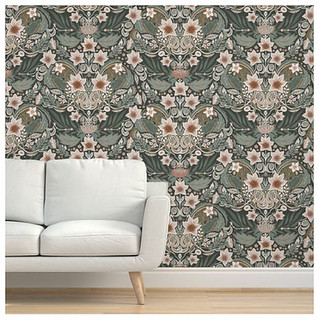







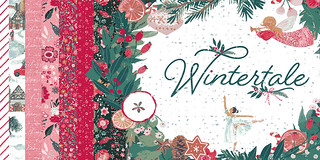



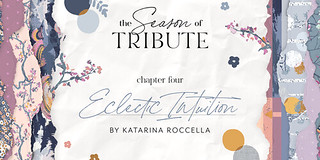
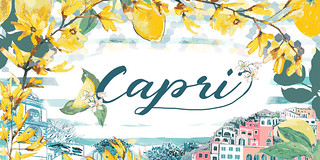



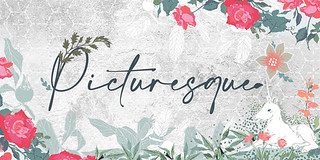


 GRID
GRID
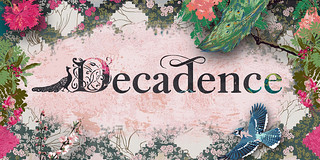 DECADENCE
DECADENCE





